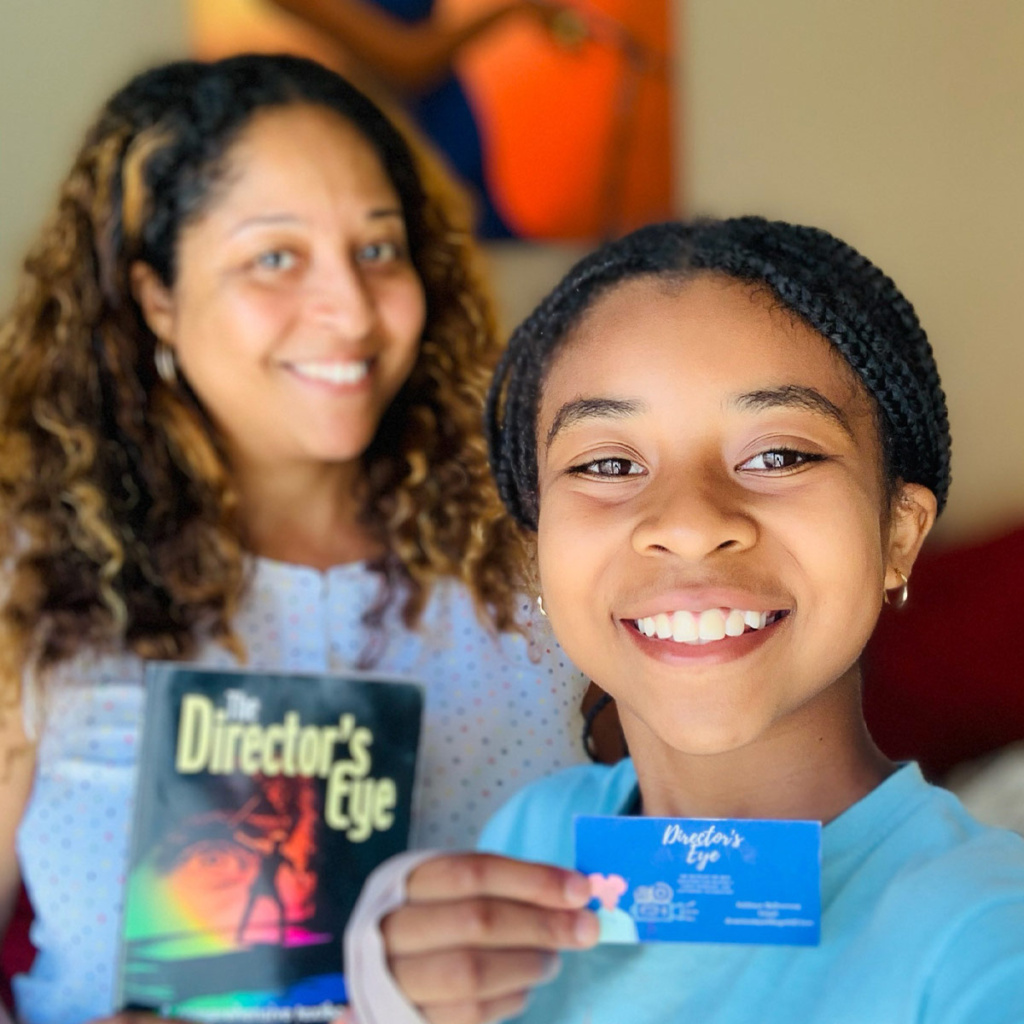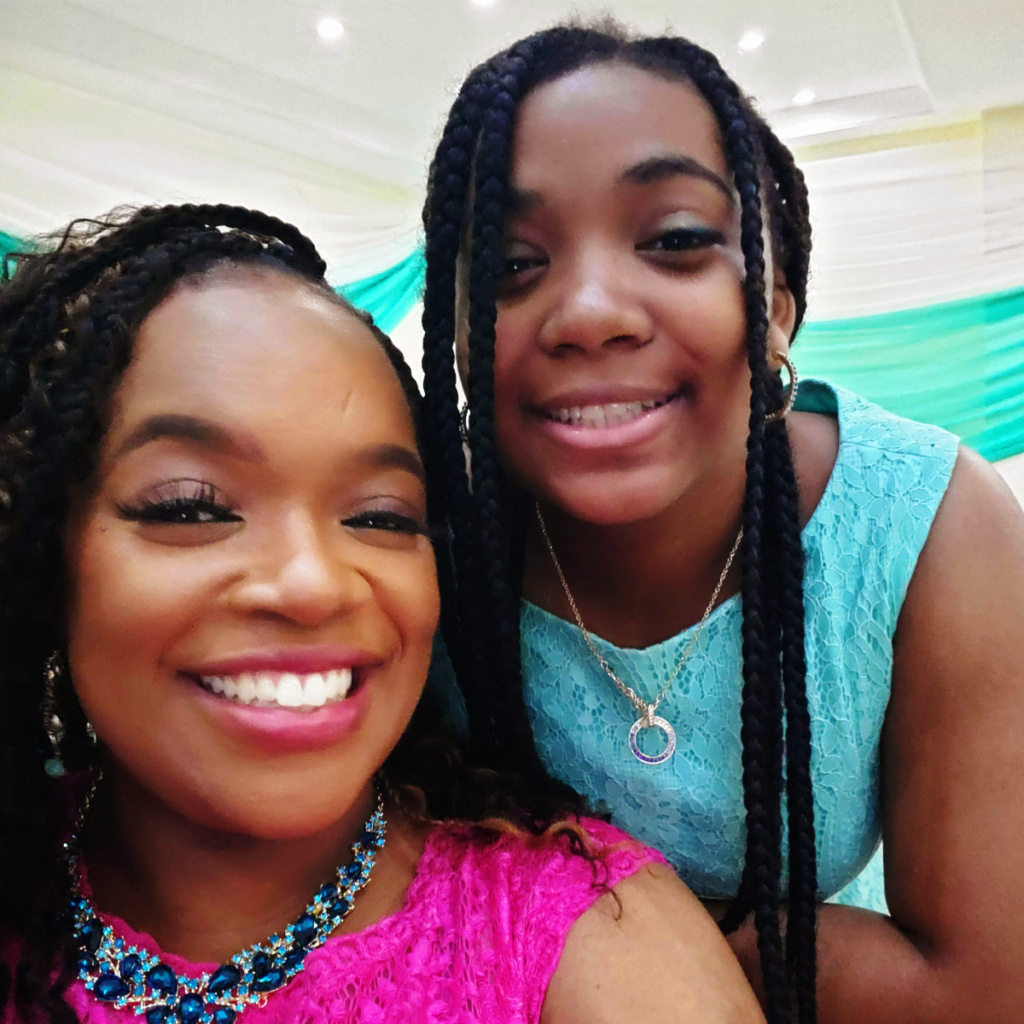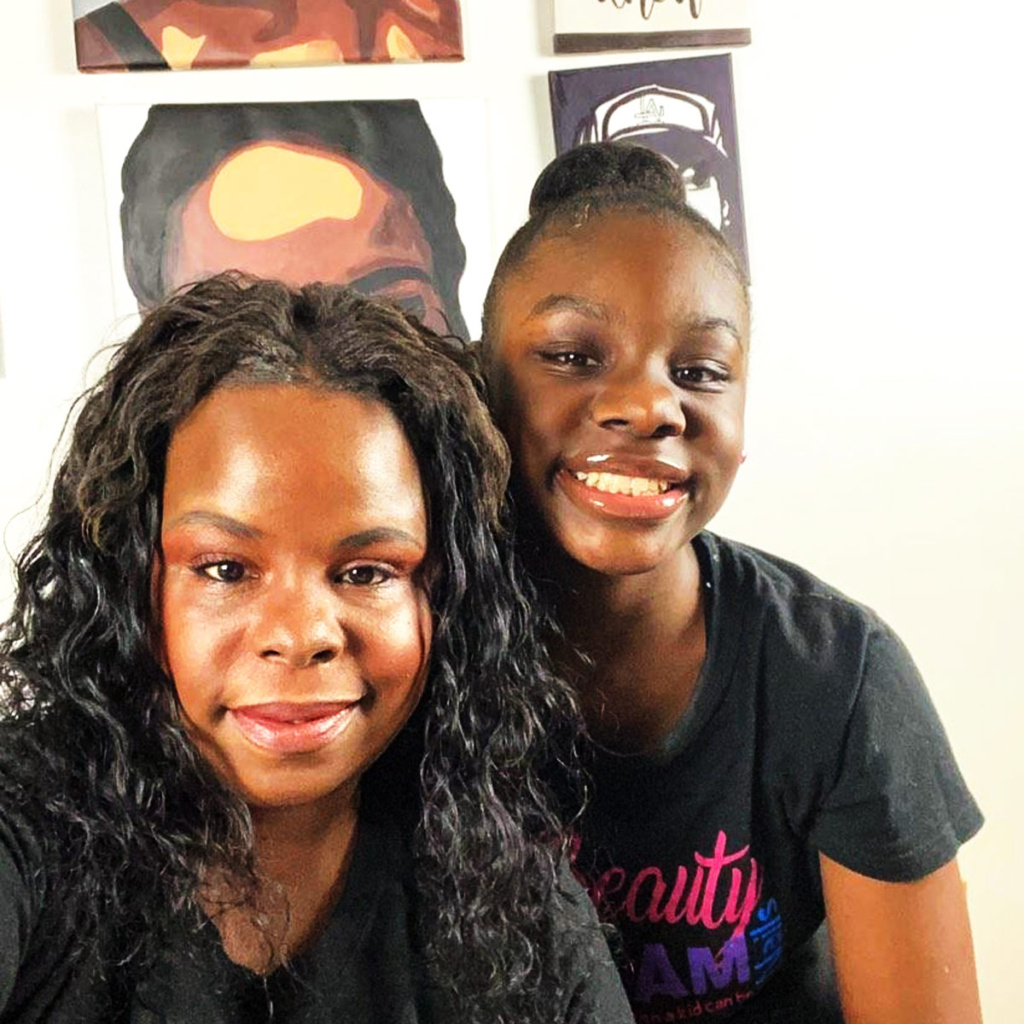THE POLISHED PEBBLES WAY
Polished Pebbles Girls Mentoring Program is the only girls program in Chicago that provides real opportunities in careers in technology, hospitality, retail, construction, engineering, health care and the nonprofit sector.
OUR SUCCESS MODEL
THE REALITY
UNDERSTANDING THE PROBLEM
The “Hope Gap” is the space we have to fill with a lot of our girls before we can even begin to comfortably share our developed curriculum which focuses on goal setting, skill development and professional awareness. The girls we mentor have only been exposed to the communities that are within a four to six block radius of their neighborhood, limiting awareness of the types of jobs that may exist beyond the retail and fast food industries. When we engage with young women in disinvested communities, we often hear statements of unwantedness that center around the idea that education and career success sound great in theory but are not truly attainable for girls like them. Polished Pebbles seeks to eliminate the “hope gap” experienced by too many girls of color in Chicago.
The Hope Gap is a real, but sometimes invisible, issue that young women of color face in particular. The girls show aspirations for careers in construction and trade line of work, but parents can discourage this interest for a variety of reasons – some may think that trades are “jobs for men,” while others are tied to the belief that a four-year degree is the only avenue for professional success. The media often makes women out to naturally be in conflict with each other, reinforcing harmful stereotypes and encouraging similar behavior at an impressionable young age. This is even more heightened when it comes to the depiction of women of color, leading to the adultification of Black girls.
Disinvestment
Chicago specifically is highly segregated, and youth of color do not often feel welcomed in certain areas, including downtown, which is the hub of professional opportunities within the city. The disinvestment of telling Black and Brown women’s stories and the unique struggles they face is another way The Hope Gap widens. The media highlights the violence in neighborhoods across Chicago, equating the issue mostly with the negative effect it has on male youth. The reality is, young Black and Brown women are facing the exact same violence – and sometimes even at a greater rate with the threat of sex trafficking and other concerns. Leaving out a young girl’s perspective when discussing strategies to create safer communities only widens the opportunity for resource disparity.
At Home Belief Systems
Chicago specifically is highly segregated, and youth of color do not often feel welcomed in certain areas, including downtown, which is the hub of professional opportunities within the city. The disinvestment of telling Black and Brown women’s stories and the unique struggles they face is another way The Hope Gap widens. The media highlights the violence in neighborhoods across Chicago, equating the issue mostly with the negative effect it has on male youth. The reality is, young Black and Brown women are facing the exact same violence – and sometimes even at a greater rate with the threat of sex trafficking and other concerns. Leaving out a young girl’s perspective when discussing strategies to create safer communities only widens the opportunity for resource disparity.
Adultification of Black Women
Chicago specifically is highly segregated, and youth of color do not often feel welcomed in certain areas, including downtown, which is the hub of professional opportunities within the city. The disinvestment of telling Black and Brown women’s stories and the unique struggles they face is another way The Hope Gap widens. The media highlights the violence in neighborhoods across Chicago, equating the issue mostly with the negative effect it has on male youth. The reality is, young Black and Brown women are facing the exact same violence – and sometimes even at a greater rate with the threat of sex trafficking and other concerns. Leaving out a young girl’s perspective when discussing strategies to create safer communities only widens the opportunity for resource disparity.
Investing in Black and Brown Girls
In recent years, we have seen many companies and corporations introduce initiatives designed to advance professional opportunities for historically excluded populations across the employment spectrum, including C-Suite and senior leadership positions. There is no denying that a more diverse workforce and an equitable work environment results in stronger outcomes and employee satisfaction. As the professional landscape continues to change, and employees are increasingly seeking career opportunities that align with their values and beliefs, it is imperative that companies strengthen their commitment to diversity and ensure that their demographics represent the market and industry they operate in. Diversity initiatives should be implemented at every level, beginning at the job shadow and internship stages to ensure equitable access to opportunities at a young age. When a young girl is able to complete an internship or job shadow, she’s exposed to the possibilities that she can be an impact player and leader in the professional world.
Realizing a More Diverse Workplace
Across our extensive dialogue with companies of all industries, sizes and locations, I see three general myths that persist when organizations decide that it is time to scale their investment in diverse communities.
“We Can Do This On Our Own” – Organizations that are serious about investing in a diverse workforce need to seek professional support from like minded partners that are committed to the same goal. The best counsel is intergenerational and diverse itself, and can help develop policies and procedures that will truly achieve the goal of fostering a diverse workforce. No matter how established a company culture is, there’s always room to identify areas that can be more inclusive and reflect the priorities and aspirations of its workforce. If those responsible for making these decisions in a company are not reflective of the make-up of the employees, they won’t have the ability to look through an inclusionary lens and thus, minimize the impact and efforts of the company. The good news is, there are many organizations out there that work with companies to identify the areas of opportunity and walk alongside them as they move to create a welcoming environment for employees of all backgrounds.
Everyone Has the Same Playbook
Conversations continue to evolve surrounding what professionalism looks like in the workplace, especially after the return to in-person working environments post pandemic. Simply put, if you’re going to make a point to foster diversity among your employees, you must understand that everybody comes into your environment with a variety of cultural backgrounds and influences that affect their perspective of what is “professional.” Far too often, organizations will write an employee off quickly on the first chance they fail to meet an unspoken standard of what is “professional.” For example, a different communication style or wearing something outside of an organization’s dress code policy. As new people enter into spaces that they traditionally have not had access to, organizations must anticipate these small instances of misalignment in the upfront. There is no participation award for creating a diverse workforce; an organization doesn’t get accolades for just having new people in these spaces. They must be willing to truly welcome diverse employees. Leadership has to be willing to look for the unspoken and biased view of “professionalism” in order to identify the areas that could be modernized and reflect the diverse characteristics of the workforce that an organization is trying to attract.
It’s Not a One-Time Investment
True investment in a diverse workforce is reflected through ongoing commitment to creating an inclusive workplace by providing equal access to opportunities. Providing job shadow and internship opportunities is a great first step in developing your talent pool for the future, as true investment looks a lot like mentorship. More than just financially supporting diversity initiatives, companies must lean in to do the hard work. This most often comes in the commitment of an organization’s leadership team to foster this investment in the day-to-day actions that build up and empower others. It’s a consistent, daily willingness to foster talent to succeed in your organization by being willing to teach and invest in personal development. If the only goal is to hit an internal KPI on a diverse workforce, an organization will never find success – or reap the benefits – of what a truly diverse, engaged team can do.
Investment is a two way street. If someone feels invested in, they’ll return the investment back. The key to success when intentionally building a diverse workforce is to focus on longevity. The seeds being planted now will determine where the future of an organization goes. Separate from intentionally creating a diverse workforce, companies can invest in organizations that support the career advancement for girls of color to provide internship and mentoring opportunities, to host educational training for their employees and employee resource groups or to learn about the unique considerations facing incoming generations of workers. The investment in young women of color is a worthwhile endeavor that strengthens an organization. As is often said, a rising tide lifts all boats.
THE SOLUTION
Polished Pebbles seeks to eliminate the “hope gap” experienced by too many girls of color in Chicago and nationally. Our Every Girl is a CEO curriculum introduces a myriad of new worlds to girls who rarely leave their neighborhoods. To us, success is a girl who not just attends school but who is engaged in school and taking leadership in her classroom, school, home, and community. A girl who sees the breadth of opportunities available to her in the future. A girl who lives in poverty who has learned about the career ladders in multiple industries and who is able to make an informed choice about how to best pursue a career that matches her interests and strengths. Success is a girl who knows how to resolve conflict and who can take the communication and soft skills they learn in our programs and apply them at home, work, and in her community. We are training the future leadership of corporate America, the nonprofit sector, and the civic sector. We are helping girls who are far too often trapped in a cycle of poverty and the criminal justice system to discover that they are entrepreneurs, scientists, CEOs, managers, and leaders.

Girls in Trades Initiative
Pipelining Girls to Careers in Trades & Manufacturing

Girls in Trades Initiative
Pipelining Girls to Careers in Trades & Manufacturing

Girls in Trades Initiative
Pipelining Girls to Careers in Trades & Manufacturing

Girls in Trades Initiative
Pipelining Girls to Careers in Trades & Manufacturing
CLOSING THE HOPE GAP
Polished Pebbles seeks to eliminate the “hope gap” experienced by too many girls of color in Chicago and nationally. Our Every Girl is a CEO curriculum introduces a myriad of new worlds to girls who rarely leave their neighborhoods. To us, success is a girl who not just attends school but who is engaged in school and taking leadership in her classroom, school, home, and community. A girl who sees the breadth of opportunities available to her in the future. A girl who lives in poverty who has learned about the career ladders in multiple industries and who is able to make an informed choice about how to best pursue a career that matches her interests and strengths. Success is a girl who knows how to resolve conflict and who can take the communication and soft skills they learn in our programs and apply them at home, work, and in her community. We are training the future leadership of corporate America, the nonprofit sector, and the civic sector. We are helping girls who are far too often trapped in a cycle of poverty and the criminal justice system to discover that they are entrepreneurs, scientists, CEOs, managers, and leaders.
